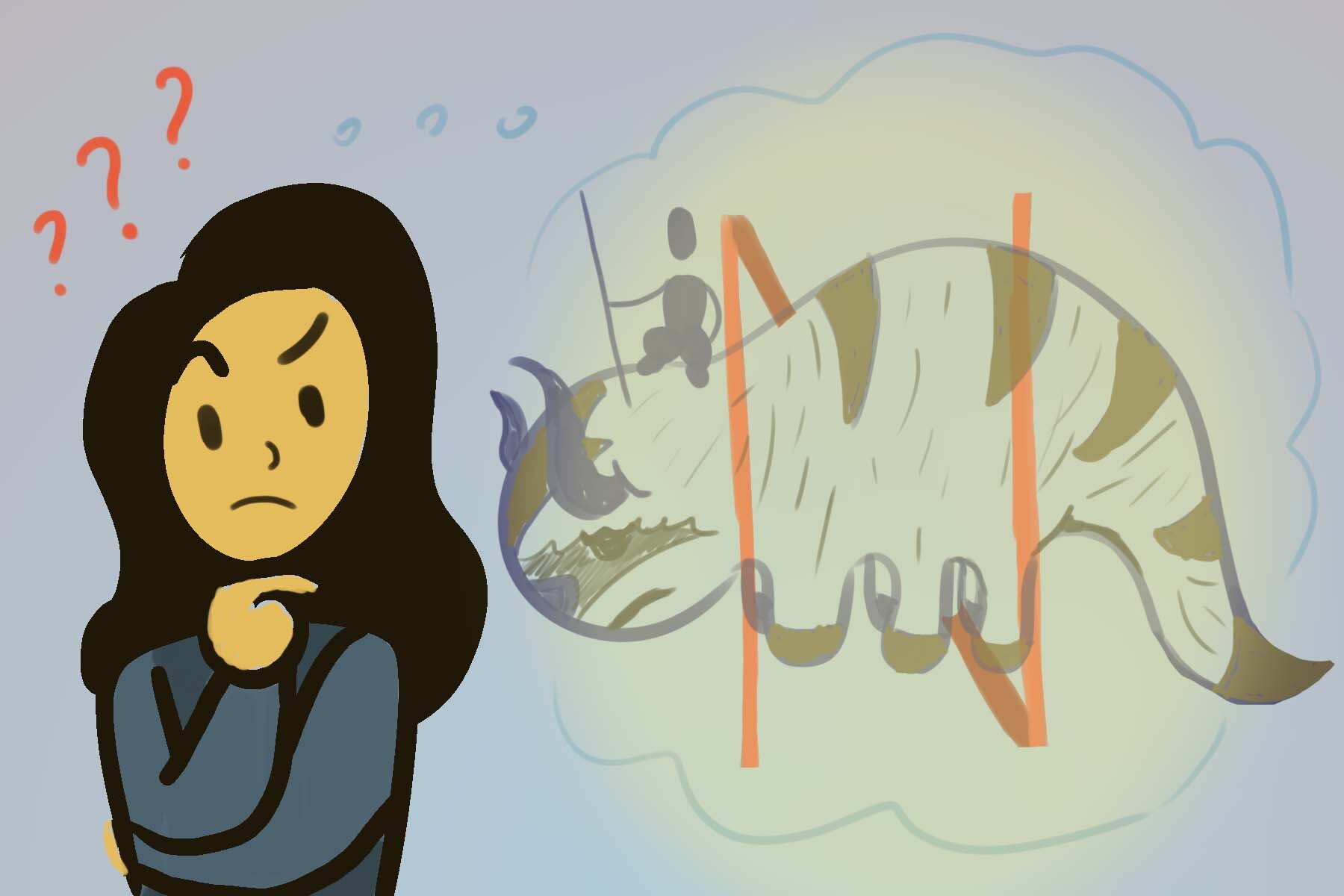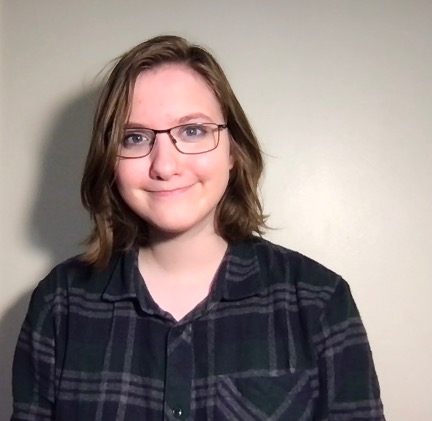Beloved Nickelodeon series “Avatar: The Last Airbender” saw a resurgence in popularity last summer when its full arsenal of 61 episodes was released to Netflix. Quickly becoming popular upon release, the series follows the happy-go-lucky teenaged Aang as he travels the world with his friends to master controlling all four elements. “Avatar” earned critical acclaim for its memorable world-building and unconventional, episodic style of storytelling, and with its streaming rerelease, the cartoon became a quick hit with new watchers and old fans alike.
“Avatar” is no stranger to such praise — from its release in 2005, the series struck a chord with audiences. By its finale in 2008, the series had already established itself to many as one of the greatest animated shows of all time.
After the initial end of the series, its success quickly drew the attention of filmmakers and producers. With rising demands for a continuation of the franchise, “Avatar” was prime real estate for moviemakers. After all, it made sense for Nickelodeon to capitalize upon one of their most successful franchises, so why wouldn’t they want to ensure that they release the best products possible?
When a live-action adaptation was set to be released in 2010, directed by the up-and-coming M. Night Shyamalan, fans were ecstatic. Finally, this immersive title would find its way to the big screen — and hopefully, to a wider audience.
Unfortunately, the film was not well-regarded. Chastised by both critics and moviegoers, the film’s notable shortcomings include its slow and clunky-looking action sequences and CGI, the casting of mainly white actors to play a cast of non-white characters, the removal of much of the humor and vibrance that made the cartoon series so memorable for many and its profoundly embarrassing casting choices. “The Last Airbender” would go down as an infamous stain on the franchise’s otherwise generally stellar repertoire — and mark the beginning of a slump in Shyamalan’s directorial career.
Such a failure showed real potential to turn “Avatar” fans off of live-action adaptations of the series for good. So, when a new live-action retelling of the original series was announced to be in the works back in 2020, nobody was quite sure what to think. On the one hand, fans had been clamoring for fresh content for the better part of a decade. On the other, many were still embittered by the memory of a failed film and feared the same fate for any similar projects that may be announced.
The threat of an underwhelming result notwithstanding, this live-action installment, which would be produced as a full-fledged series rather than a single movie, showed initial promise to outpace its predecessor. Showrunners of the cartoon Michael Dante DiMartino and Bryan Konietzko were both involved with the project, which suggested that the show would at least attempt to follow in the original’s footsteps. Moreover, the fledgling series promised a more inclusive and culturally sensitive telling of the story, with actors and themes that are more cognizant of the cultures they intend to portray — no more white actors playing Inuit characters.
These new developments offered some tentative promise. While little could touch upon the well-established nostalgia that encapsulated the original show, fans were at least willing to be receptive to a new installment. The excitement only grew with the announcement of Avatar Studios, a new studio hosted by Netflix that will focus solely on creating properties that expand upon the Avatar universe. After the infamous disappointment of Shyamalan’s “The Last Airbender,” a lot was riding on this new show.
However, as predevelopment continued, the news became less positive. Word began to spread that DiMartino and Konietzko had left the project. DiMartino later stated that he felt he didn’t agree with the creative direction the show was taking. Thus, he and Konietzko left the team. This was bad news for many fans. After all, if the original creators of the series and universe don’t like the direction this new show is taking, how disconnected from its predecessor must it be?
Accompanied by concerns that the live-action series would attempt to take on a more mature or modernized version of the story that would feel unfitting within the narrative, the news of the showrunners’ departure was something of a troubling development. The situation was beginning to feel familiar.
Despite the bad press, production on the series has not stopped. Albert Kim was brought on board as a producer, and his palpable enthusiasm and respect for the original series was a breath of fresh air. “Throughout this process, our byword has been ‘authenticity’,” Kim explained. “To the story. To the characters. To the cultural influences.”
Authenticity is a trait that fans are sure to cherish in adaptations, and Kim’s words promise the dedication to the original “Avatar” many had hoped for. Kim himself is Asian American, and the involvement of Asian and Native American creatives in this new adaptation is critical to its foundation. The world of “Avatar” is largely based on Asian and Native American cultures, and as such it’s only fitting for its creative direction to be guided by creators from those backgrounds.
There have been very few words on who exactly will be working on the writing, production or art direction teams as of yet, but watching the development of the project over time will herald a better picture of its direction.
“The Last Airbender” garnered criticism from fans for its casting of Asian and Inuit heroes as white actors. These characters, which are distinctly based on Tibetan and Inuit cultures, were instead cast as white actors in a frankly distasteful move. In August, the cast of the new series was released, and to the satisfaction of fans, the selected actors were more overtly appropriate for their roles. While casting Asian American and Native American actors as Asian and Native American characters may encompass the barest of minimums, already this development promises a step up from the former film.
So, will this new series be any good? Truthfully, it’s hard to say. There has been little word on the series’ development as of late, and since the project is so early in development, things could go any number of ways. Maybe the series will satisfy fans, and maybe it won’t.
Either way, the promise of the care and expansion of a beloved franchise is enough for tentative hope.

















